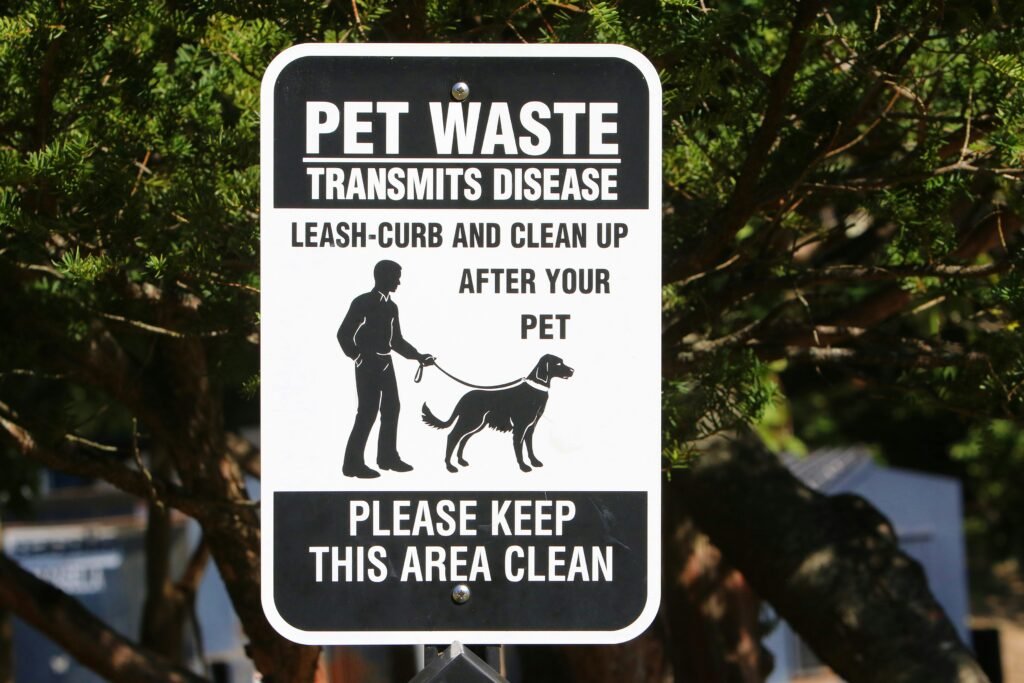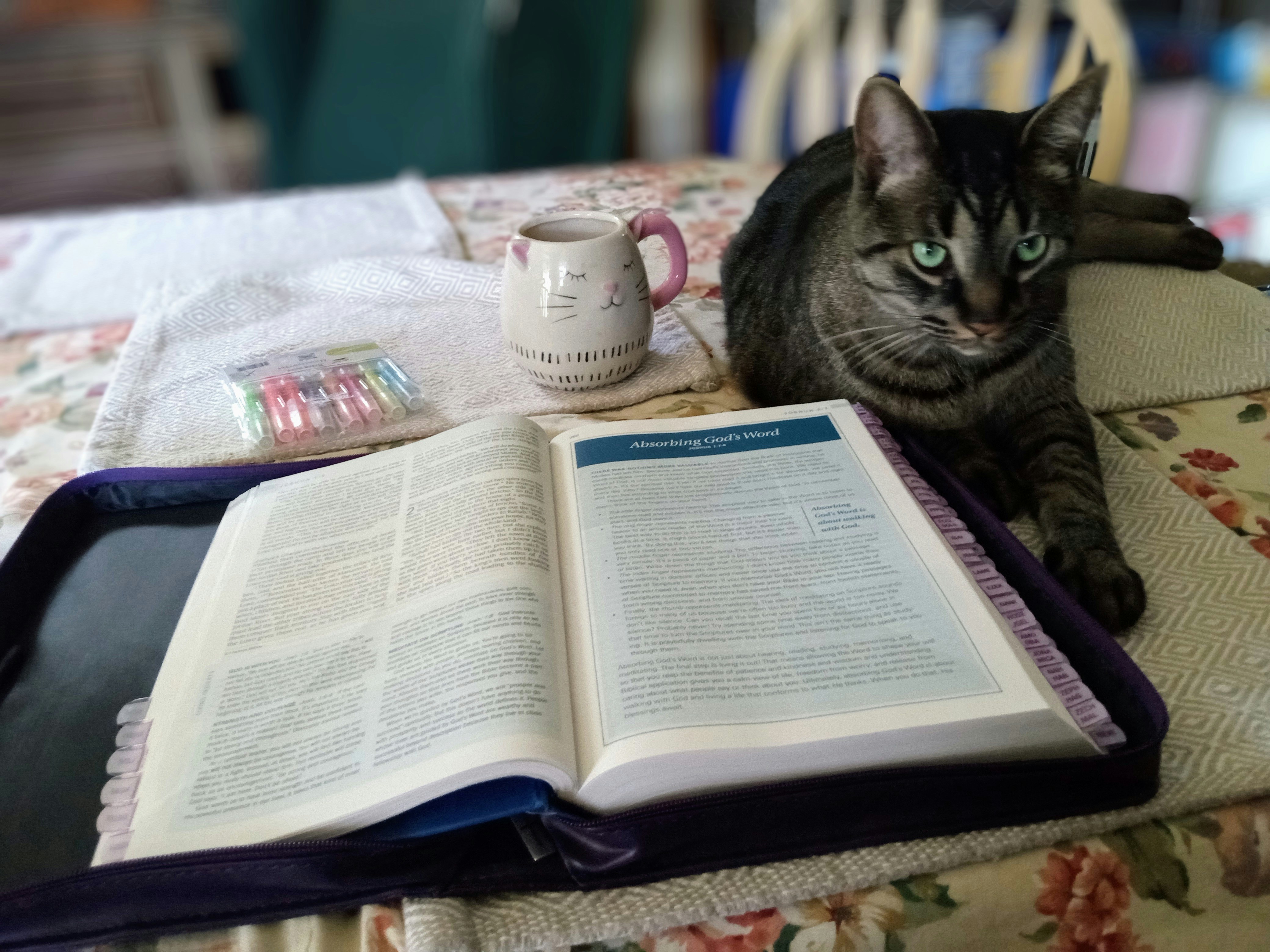
Introduction to Pet Poisoning Risks
Pet poisoning is a significant concern for pet owners, as a large number of common household foods can be harmful or even fatal to cats and dogs. Many individuals mistakenly believe that certain human foods are safe for their furry companions, often overlooking the potential dangers. This misconception can lead to dire health consequences, including severe illness or poisoning. It is essential for pet owners to understand that animals have different digestive systems than humans, and many foods that we enjoy may be toxic to pets.
The role of pet owners in safeguarding their animals from dietary-related health issues is paramount. By educating themselves about the risks associated with specific foods and the symptoms of poisoning, pet owners can take proactive measures to prevent accidental ingestions. With a plethora of toxic substances lurking in everyday meals, vigilance is necessary. Regularly informing oneself about which foods are dangerous, as well as having an emergency plan in place, can greatly reduce risk factors and ensure pet safety.
Moreover, the effects of consuming toxic foods for cats and dogs can vary significantly based on the size, breed, and overall health of the pet. Even small quantities of certain items can lead to gastrointestinal distress, organ damage, and, in extreme cases, death. The importance of promptly recognizing and responding to symptoms of poisoning cannot be overstated, as timely intervention can save lives.
As this discussion unfolds, we will highlight specific toxic foods that every pet owner should avoid. Understanding these risks empowers pet owners to make informed decisions regarding their pets’ diets, ensuring a healthier and safer environment for their beloved animals.
Top 10 Toxic Foods: Detailed Analysis
Pet owners must be aware of the various foods that can be harmful to the health and well-being of their cats and dogs. Understanding the risks involved is essential. Here is a detailed look at the top 10 toxic foods that should be avoided.
1. Chocolate: Chocolate contains theobromine and caffeine, both of which are toxic to pets. Even small amounts can result in symptoms such as vomiting, diarrhea, rapid breathing, and seizures, ultimately leading to organ failure and death if untreated.
2. Grapes and Raisins: Grapes and raisins can cause acute kidney failure in dogs, with symptoms including vomiting, lethargy, and loss of appetite. The exact toxin in these fruits is unknown, making them particularly dangerous.
3. Onions and Garlic: Both onions and garlic belong to the allium family and can lead to oxidative damage in red blood cells, causing anemia in pets. Symptoms may not appear until days later, making early detection challenging.
4. Avocado: Avocado contains persin, which can cause vomiting and diarrhea in dogs, while cats can be more sensitive. Although not all pets are affected equally, it is safest to keep this fruit out of reach.
5. Alcohol: Even small amounts of alcohol can be dangerous for pets, leading to symptoms such as tremors, vomiting, and possible coma. High doses can be fatal, particularly for smaller animals.
6. Xylitol: Commonly found in sugar-free products, xylitol can cause insulin spikes in dogs, leading to hypoglycemia and, in severe cases, liver failure. Symptoms include lethargy, seizures, and loss of coordination.
7. Coffee and Caffeine: Similar to chocolate, caffeine can be toxic to pets. It stimulates the nervous system and can lead to restlessness, rapid heart rate, and potentially fatal conditions if ingested in significant amounts.
8. Macadamia Nuts: Macadamia nuts can cause various symptoms including weakness, depression, vomiting, and hyperthermia in dogs. The exact mechanism of toxicity is still under investigation.
9. Raw Dough: When ingested, raw dough can expand in the stomach, leading to bloating and potential gastrointestinal distress. Additionally, the fermentation process produces alcohol, which compiles the risk of toxicity.
10. Bones: Cooked bones can splinter and cause choking or serious internal injuries. While raw bones may be safer, they still pose risks, so pet owners should consult their veterinarian before offering any type of bone.
Each of these foods presents potential dangers to the health of cats and dogs. Pet owners are encouraged to familiarize themselves with these toxic items and ensure they remain out of reach to protect their beloved companions.
Symptoms of Poisoning: What to Watch For
When it comes to the health and safety of pets, being aware of the symptoms of poisoning is of utmost importance, especially if they may have ingested any of the toxic foods that can pose serious threats to their well-being. These symptoms can vary in severity and urgency, and it is essential to recognize them promptly to take appropriate action. Generally, the symptoms of food poisoning in pets can be categorized into mild and severe reactions.
Mild symptoms often include gastrointestinal issues such as vomiting, diarrhea, and loss of appetite. These may also be accompanied by lethargy, increased thirst, or slight abdominal discomfort. While these symptoms can be distressing, they are not always indicative of a life-threatening situation. However, if they persist for more than 24 hours, it is prudent for pet owners to seek veterinary advice to rule out any serious complications.
On the other hand, severe symptoms require immediate attention. If a pet exhibits signs such as difficulty breathing, severe lethargy, seizures, or unresponsiveness, it is critical to seek veterinary care without delay. Other alarming symptoms include swelling of the face or throat, rapid heartbeat, or abnormal behaviors such as aggression or confusion. These signs may indicate that the pet is experiencing a serious reaction to toxic substances, and early intervention can be life-saving.
Pet owners must remain vigilant and attentive to their animals’ behavior and health. In instances of suspected poisoning, contacting a veterinary professional is imperative, especially if the aforementioned severe symptoms arise. Recognizing the warning signals and acting swiftly can make a significant difference in the outcome for the affected pet, ensuring they receive the care they need in a timely manner.
Prevention: Keeping Your Pets Safe from Toxic Foods
Ensuring the safety of pets from toxic foods requires a proactive approach from pet owners. A primary step is to educate oneself about pet nutrition. Understanding what constitutes a balanced diet for cats and dogs can help owners make informed decisions. Various resources, including veterinarian consultations and reputable pet nutrition books, provide valuable insights into the dietary requirements and restrictions of pets.
Another key preventive measure is to diligently read food labels on pet products. Ingredients can vary significantly among brands, and familiarizing oneself with these labels is crucial in identifying potentially harmful components. Many commercial pet foods are formulated without artificial preservatives or toxic ingredients, but owners must remain vigilant and consult with a veterinarian when trying new foods or treats. Keeping a list of common toxic foods, such as chocolate, grapes, and onions, can serve as a helpful guide when shopping for pet products.
Creating a pet-friendly environment is equally important in safeguarding pets from harmful substances. This can involve ensuring that human food is kept out of reach and that all cleaning supplies, plant fertilizers, and medications are stored securely. It is beneficial to offer pets safe alternatives when treating them. Instead of commercial snacks, owners might consider wholesome options like carrot sticks or specially formulated pet treats that are free from harmful ingredients.
Effective communication with family and friends about pet dietary restrictions is essential. Educating others about what foods and substances are unsafe for pets helps in cultivating a supportive environment. Engaging in discussions about these topics and sharing informative resources can lead to a better understanding and collective effort in keeping pets safe from toxic foods. By implementing these practices, pet owners can significantly reduce the risk of dietary-related health issues in their beloved animals.
 petszillaclub.xyz
petszillaclub.xyz

